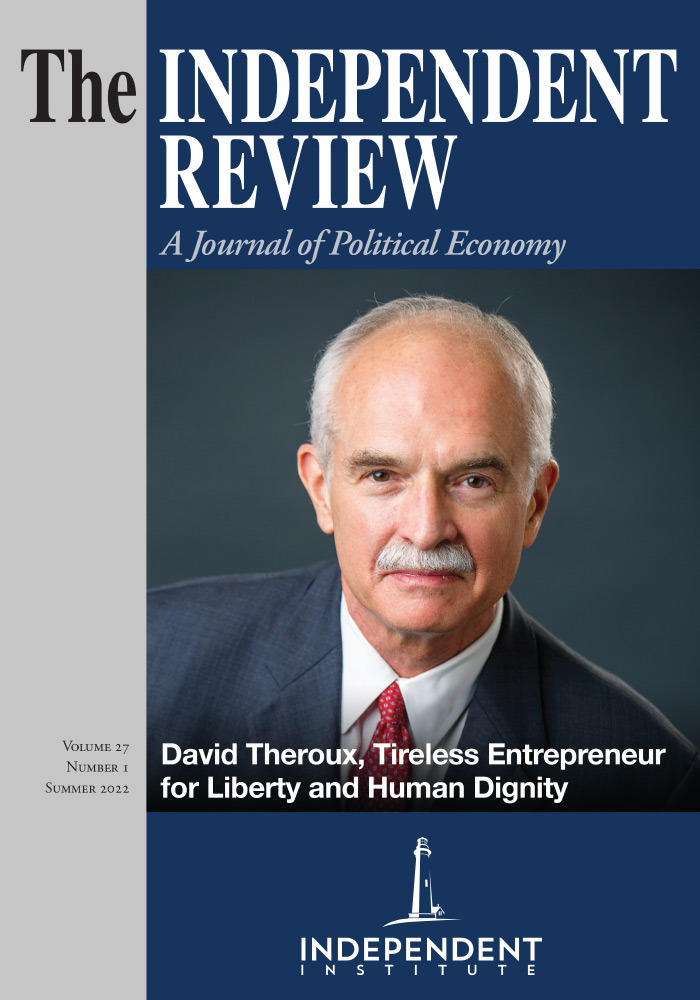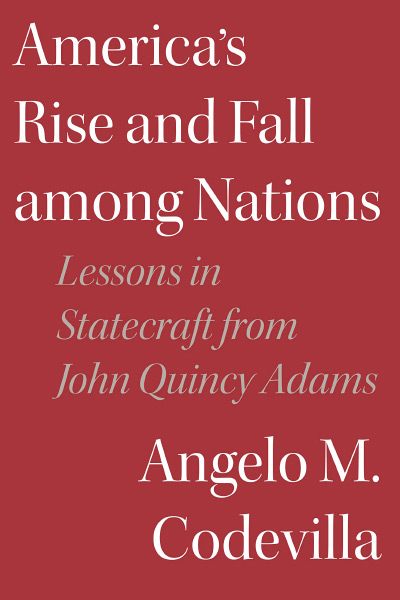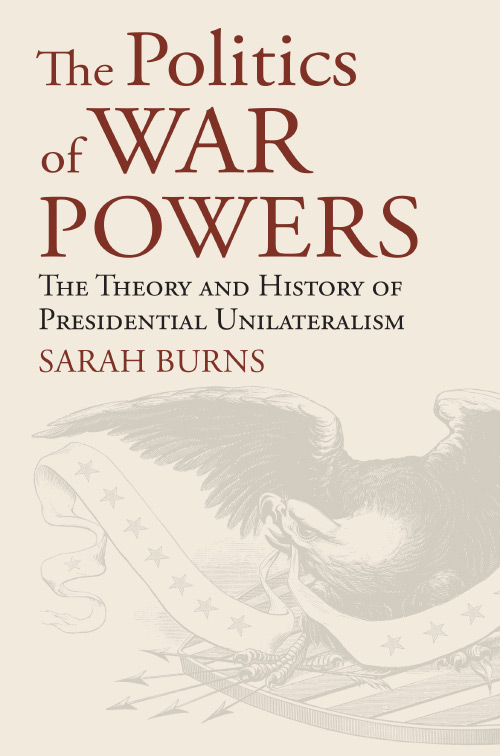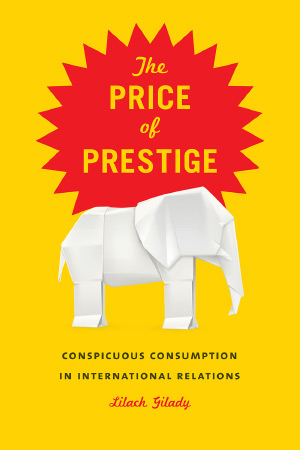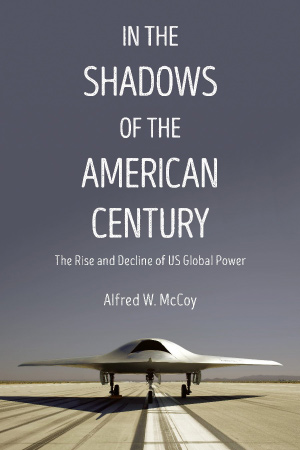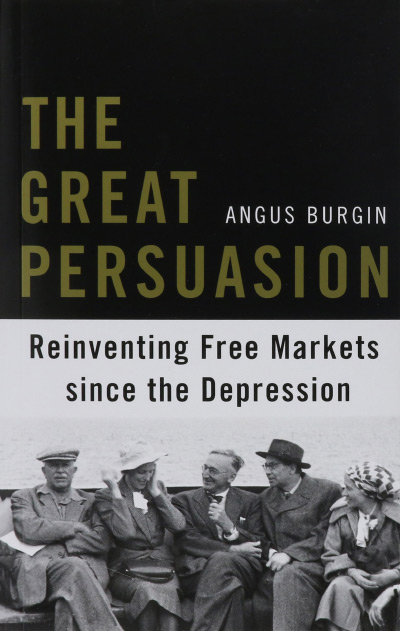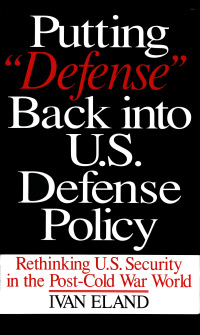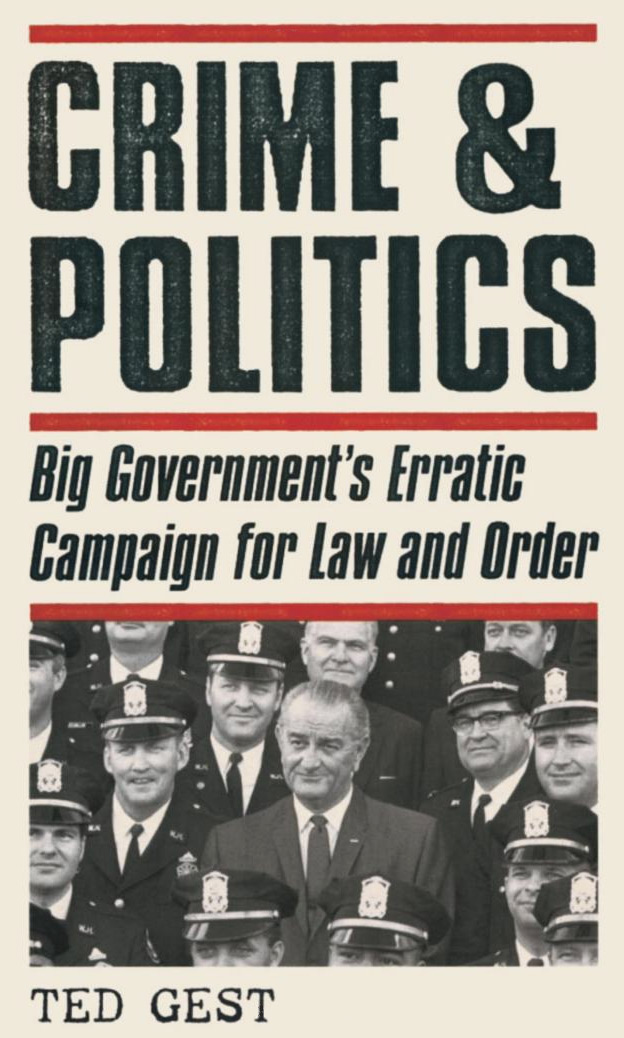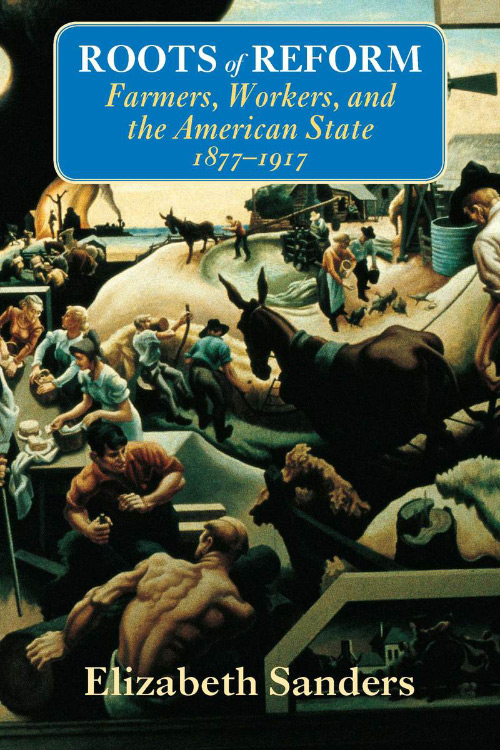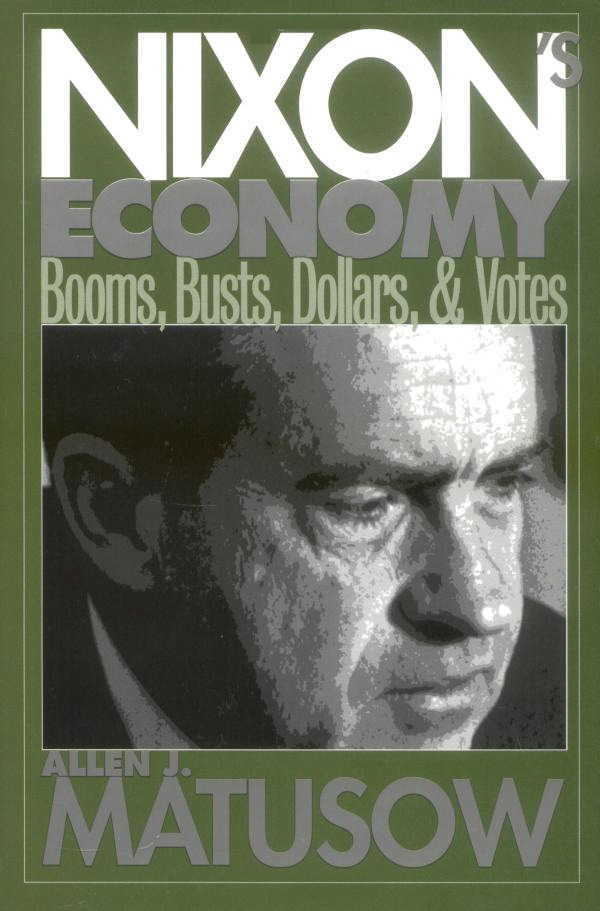Angelo M. Codevilla’s work propounds, by his own description, an America First foreign policy. He presents the simplistic view that America’s presidents and statesmen from John Quincy Adams until Theodore Roosevelt conducted a foreign policy that considered American interests first. Subsequently, progressives got ahold of America’s foreign policy and put saving other countries ahead of the interests of the American people, according to the author. However, Codevilla’s definition of progressives seems to include anyone who’s foreign policy he doesn’t like—liberal interventionists, neo-conservatives, and even realists—even though many of his arguments seem to fit in the last category.
Although his book does generally correspond to the Pat Buchanan/Donald Trump America First foreign policy—advocating protectionism, anti-immigration (unlike Adams), less military intervention, and substantial increases in defense spending—his breakdown of the situations and threats in various regions of the world seems to offer plenty of opportunities for a muscular use of U.S. military power. As Trump himself did, Codevilla seems to put forth an America First foreign policy that would not necessarily be called “restrained.” Trump, in addition to his failure to fulfill his promise to end America’s “forever” wars, recklessly assassinated the second most powerful Iranian official and initially threatened to use nuclear weapons against North Korea. Similarly, in the most dangerous example of Codevilla’s thinking, he wants to boldly challenge China in what should be its own sphere of influence in the Western Pacific by building U.S. military bases in Taiwan, using weapons placed there to threaten and perhaps take out Chinese air defenses on the mainland, controlling islands on the edge of the Pacific, such as Japan and the Philippines, and collapsing North Korea with secondary economic sanctions on other countries trading with it. In Codevilla’s recalibration of American interests, it is a mystery why escalating with a nuclear-armed China in the Western Pacific is compatible with his repeated praise for John Quincy Adams’s principle of mutual non-intervention among nations. In general, he believes U.S. foreign policy should only protect U.S. interests, but then throughout the text seems to define them very broadly.
The author, in a chapter called the “Muslim Contagion,” theoretically advocates a reduced U.S. footprint in the Middle East “to avoid as much contagion as possible” (pp. 195), then brands Islam as a warlike religion, among other disparagements, and seems to advocate a muscular U.S. policy toward unfriendly Muslim states. Although it seems risky to project the views of historical figures into specific future situations, he seems to suggest that Adams would have favored intimidation toward, and maybe even war on, Saudi Arabia for its Wahhabism, Qatar for its hosting al Jazeera television, and the Palestinian Authority for placing itself in “a state of war with the United States” (p. 196). He should have substituted the words placing itself in “a state of war with Israel” for the last phrase, because he seems to believe that the United States should go to war with Middle East countries to protect Israel. Codevilla admires Adams so much that he regularly projects what the early nineteenth century statesman would do in today’s world—to give voice his own twenty-first century opinions—but defending Israel would not seem to be in Adams’s repertoire, given his famous speech that the United States “did not seek monsters to destroy.” As with his gross overgeneralizations about Islam, which border on religious bigotry, Codevilla repeatedly not only disparages American “progressives” (alleging their “increasing identification with an anti-Semitism that is now wholly stripped of gentility,” p. 193), but finds the progressive elite solely responsible for warlike American foreign policy.
Yet Codevilla’s history of American foreign policy is skewed. Like much of the right wing in today’s political landscape, he spends more time bashing the left than providing convincing policy proposals. His book fails to present an objective history of U.S. foreign policy and an overarching, unambiguous road map explaining U.S. vital interests in today’s world and an overall strategy for safeguarding them with a more restrained use of force. His history of U.S. foreign policy, which is not devoid of useful information and detail, heaps excessive praise on both John Quincy Adams and curiously Theodore Roosevelt, the first progressive president. In addition to his useful quote that the United Stated should not seek overseas monsters to destroy and that even U.S. military interventions for ostensibly noble causes undermined the republic at home, Adams wrote the Monroe Doctrine in which President James Monroe unilaterally proclaimed a policy of mutual non-intervention between the United States and European powers. The doctrine pledged that the United States would not involve itself in European disputes and expected European powers not to further colonize or recolonize the Western Hemisphere. Yet the doctrine had no congressional approval under a constitution that gave most of the powers in foreign policy and national security to Congress, with the president mainly given the authority to execute the legislature’s wishes. Also, at the time it was promulgated, the United States did not have the military power to enforce it (primarily against overwhelming British naval power) and in future years was perverted by none other than Theodore Roosevelt with a corollary that declared that the United States would intervene in Latin America to correct any “instability” that could give European powers any excuse to intervene in the hemisphere. With this corollary, the United States took license to intervene militarily in Latin America for any reason at all, which Roosevelt had already begun to do before its declaration by using force to detach Panama from Colombia to coerce the right to build a canal across the isthmus. Roosevelt’s successors, both progressives and conservatives, continued profligate U.S. interventions in the hemisphere until progressives Herbert Hoover and Franklin D. Roosevelt instituted the less interventionist Good Neighbor policy in the late 1920s and 1930s.
Yet the progressive Theodore Roosevelt—who Codevilla admires for his muscular foreign policy that sent the Great White Fleet around the world, which could have lit the match of war from the already tense U.S. relations with Japan—did not start the U.S. mischief in Latin America or the move toward a more interventionist U.S. foreign policy. Instead, conservative William McKinley, Roosevelt’s predecessor—fearing that a jingoist American public would not treat the Republican Party or him well in the 1898 mid-term or 1900 presidential elections—held a coming out party for the United States on the world stage by launching the unneeded Spanish-American War to end the Cuban rebellion against Spain for humanitarian reasons and to ensure “stability” near U.S. borders. While technically not coming under the Monroe Doctrine, because Cuba was grandfathered in under the doctrine by being a long-standing Cuban colonial possession, the war opened the floodgates for an interventionist U.S. foreign policy (McKinley sent troops to China in 1900 to help European imperial nations enforce coerced trade with that country) and inspired the Roosevelt corollary, which allowed profligate U.S. intervention in the Western Hemisphere.
All this is to say that Codevilla’s history purporting to show that an un-American progressive elite drove U.S. foreign policy off the rails from where non-interventionist John Quincy Adams, and the nation’s founders before him, had intended it to go, based on their conduct for more than a century, is simplistic, overgeneralized, and questionable. He strays a bit into populist conspiracy theory, as he even hints that the CIA somehow aided Barack Obama in his rise to power (p. 103). As is the case today, U.S. foreign policy does not split neatly along party or ideological lines. Today’s global interventionist foreign policy has majority support in both parties—despite Trumpian rhetoric by some in the Republican Party to the contrary, as demonstrated by the recent lop-sided votes in Congress to aid Ukraine—while a minority of party elites in both parties are for a more restrained U.S. posture. The only votes in Congress against U.S. entry into World War I came from progressives, and progressives led and populated the anti-war movement against the Vietnam War. As a result of this complex history, today, the Quincy Institute for Responsible Statecraft, an organization named after John Quincy Adams and dedicated to promoting a more restrained U.S. foreign policy, has analysts from both the left and the right.
Codevilla’s history is a distortion and just another bow to polarized narratives that hold back non-partisan, non-ideological analysis that provide good reasons for a nation, with a $30 trillion debt, to circumscribe what it deems to be vital interests and reduce defense spending.
Finally, although Codevilla never says it directly, he—like Pat Buchanan and Donald Trump (at least rhetorically)—wants less foreign intervention but seems to support keeping high defense budgets, which can be used to flex U.S muscles and intimidate other nations. However, it is naïve to hope for less intervention when the United States has defense budgets near $1 trillion per year, which fund top-of-the-line forces that can be projected across the globe. In this situation, the Madeleine Albright problem will always exist—that is, politicians will say why does the United States have that big, beautiful military if we cannot use it. Codevilla does not say—as he should—that if the United States has fewer interventions using his proposed America First foreign policy, then the U.S. government could cut defense spending substantially. In sum, Codevilla’s over-the-top polemics on groups he dislikes distracts from his main argument for an America First foreign policy. Instead, his vague analysis of U.S. vital interests in the world that U.S. policy should protect and his failure to develop an overall strategy concerning why, when, where, and under what specific circumstances the United States should use force detract greatly from the book.
| Other Independent Review articles by Ivan Eland | ||
| Fall 2022 | The Right: The Hundred-Year War for American Conservatism | |
| Fall 2016 | “Independent Internationalism” and the Military Forces Needed for It | |
| Fall 2015 | Suicide Pact: The Radical Expansion of Presidential Powers and the Lethal Threat to American Liberty | |
| [View All (6)] | ||

